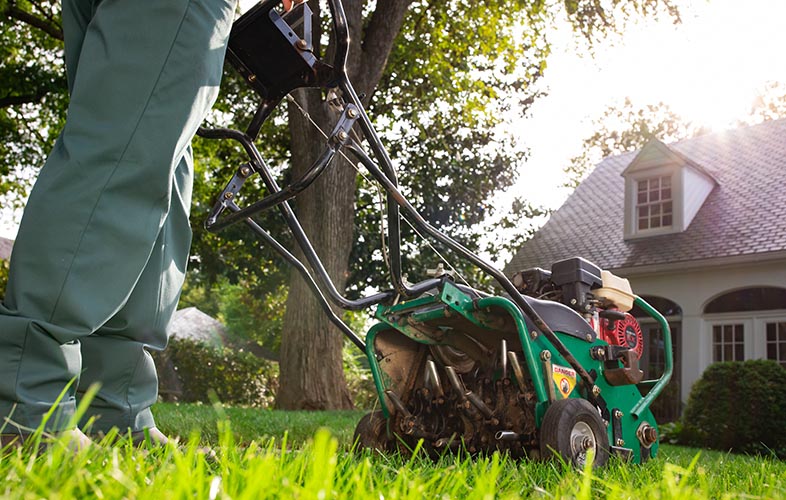Many common lawn care concerns are easy to spot: lawn disease, for example, may cause your lawn to discolor or wilt, and pest damage is typically fairly obvious up close. Thatch is an exception to the rule. In fact, to the untrained eye, thatch may not be visible at all. But left unchecked, this lawn concern can cause noticeable — and, in some cases, persistent — lawn care issues down the road.
That’s where dethatching and aeration come into play. Both of these practices can help break up thatch and help promote a fuller, thicker turf. But how do you know when to dethatch your lawn versus aerate it? And when should you remove thatch versus keep it? We’ll answer your most pressing thatch-related questions in this guide to dethatching vs. aeration.








 Back to all blogs
Back to all blogs

Facebook
X
Youtube
Copy Link
Email